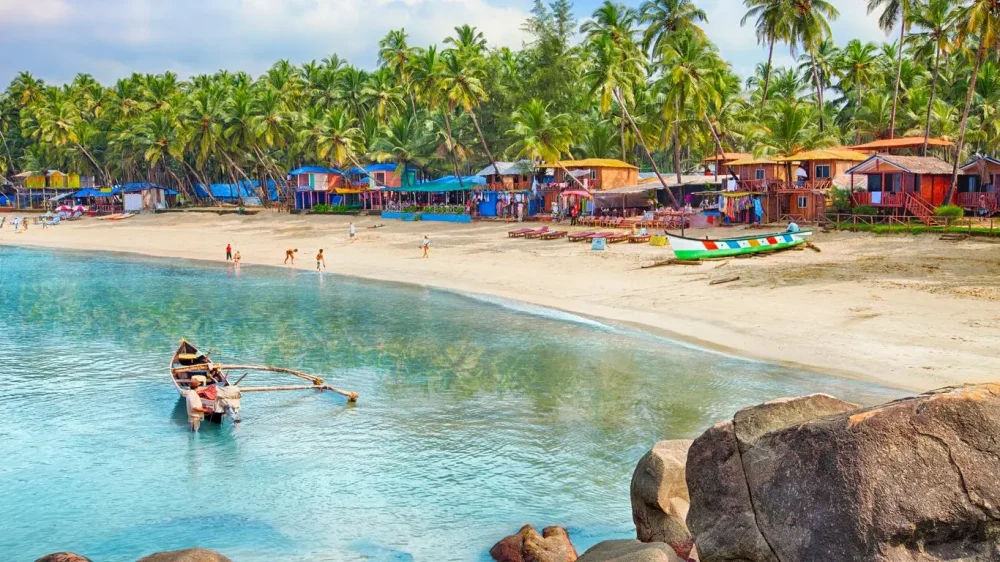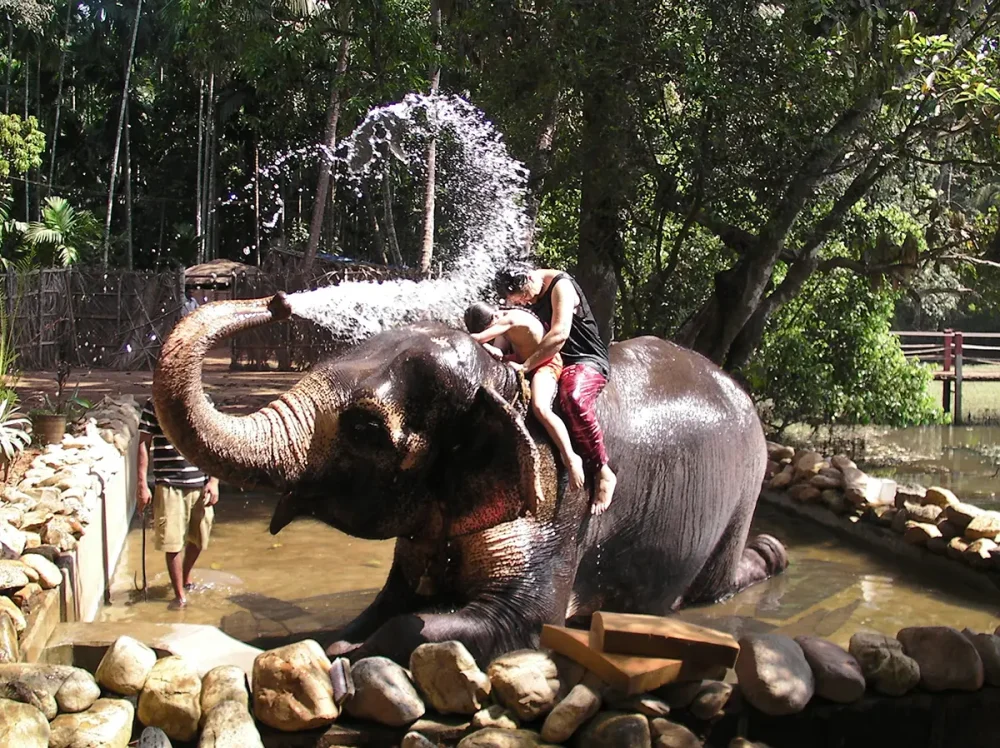The Eastern state has long been a symbol of brightness, mystery, and inner contradiction. A journey to the country is not just a vacation, but a powerful emotional experience that is impossible to forget. The inevitable question arises: is it worth going to India if you want not only new impressions but also relaxation in the classical sense? The answer is ambiguous. The land of the Ganges can offer spiritual awakening or be a source of cultural shock. It all depends on expectations, preparation, and openness to perception.
Features of traveling to India: a tourist’s unvarnished view
The first thing that strikes you upon arrival is the sharp contrast between the wealth of palaces and extreme poverty at the temple thresholds. For a person accustomed to European order, local realities can be challenging: noise, visual chaos, unfamiliar smells, street dirt, and endless movement. Travel requires a high degree of flexibility. Traffic rules are conditional here, transport schedules are fluid, and communication with vendors and drivers requires bargaining skills.

Nevertheless, most visitors admit that despite the initial shock, there is an attraction. The culture imbued with ancient philosophy, the friendliness of the locals, and the multilayered traditions leave a strong aftertaste. That is why the question of whether to go to India rarely has a straightforward answer. The impressions from the trip cannot be described in one phrase—it is always a mix of admiration and irritation, joy and fatigue, but certainly not indifference.
Is it worth going to India: the pros of the trip
Despite its controversial reputation, the country offers the tourist many advantages. Below are the strong points of the trip that often become decisive when choosing a destination:
- the depth of philosophy and spiritual traditions available in temples, ashrams, and conversations with locals;
- unique diversity of nature—from the Himalayas to the beaches of Kerala;
- rich and unusual cuisine, including hundreds of vegetarian recipes;
- hospitality and openness of people willing to help without ulterior motives;
- vibrant festivals, during which the streets turn into a carnival;
- affordability of basic goods, services, and accommodation;
- accessibility of Ayurvedic procedures and traditional massage;
- opportunity for full immersion in Hinduism, traditions, and customs;
- warm climate most of the year;
- inexpensive tours to Goa and neighboring states.
Each of these points can be a separate reason for the trip, especially for those seeking transformation of perception rather than comfort.
Cons of the trip: what difficulties does a tourist face?
Understanding whether it is worth going to India for a vacation includes not only admiration for its culture and spirituality but also awareness of possible difficulties. Alongside numerous advantages, vacationing in the country is associated with certain risks and inconveniences:
- chaos on the streets, dense traffic, and lack of traffic lights;
- high level of dirt, dust, and unsanitary conditions in public places;
- frequent food poisoning, difficulties adapting to local cuisine;
- unstable internet and power outages;
- aggressive trading in markets, pushiness of vendors;
- street beggars and scammers operating on the “tourist equals money” scheme;
- unclear safety in certain regions, especially for women;
- the need for constant hygiene control;
- cultural barriers, including gestures and expressions that can be offensive;
- difficulty in navigating the internal transport system.
Such drawbacks cannot be ignored. However, with proper preparation and readiness for local realities, they become part of the overall color.
Goa—An Island of Familiar Comfort in Chaotic Space
One of the most popular regions for vacation is the coast of Goa. The state has long been a compromise between Western expectations and Indian chaos. Here it is cleaner, calmer, with more foreigners, and the service is adapted for Europeans. Cafes, yoga camps, meditation schools, massage parlors, and festivals create an atmosphere of relaxed equilibrium.
For those who are unsure whether to go to India for a vacation, Goa can be the first step. It offers a gentle introduction to local culture without deep immersion. However, the spirit of the country is preserved here: cows on the beach, temples at every step, people living by the principle of “here and now.”
Impressions of India: Between Amazement and Irritation
A typical tourist’s view of India includes duality: on one hand—architecture, religion, ancient wisdom, on the other—crowded streets, inexplicable behavioral logic, noise, garbage, smells. Emotional burnout often occurs: the country demands constant involvement, energy, and patience.
However, it is precisely in such polarity that vivid impressions are born. The cultural heart of Asia leaves no one indifferent. Some leave with relief and vow never to return. Others buy tickets again, dreaming of Varanasi, Hampi, Kochi, or Tiruvannamalai.
Is It Worth Going to India for a Spiritual Experience?
For those seeking a journey within themselves, South Asia offers vast opportunities. Ashrams, retreats, yoga classes, lectures on Hinduism, meditation, and conversations with monks are all readily available in the open space. The search for answers to philosophical questions here is organic. There are no questions on the streets about the meaning of spiritual practice—it is woven into everyday life.
At the same time, it is important to distinguish depth from tourist spectacle. Among genuine teachers, there are plenty of actors. Therefore, awareness, sound judgment, and the ability to separate essence from form are needed.
Safety, Health, and Everyday Challenges
The most common question for newcomers is: how to stay healthy? The answer is simple—meticulous personal hygiene, avoiding tap water, consuming only verified dishes, using disinfectants. First aid kits should be comprehensive: antiseptics, sorbents, medications for diarrhea and allergies.

In terms of safety, the homeland of Bollywood is not considered a criminally dangerous country but requires vigilance. Particularly important is caution at night, when traveling by trains, when using bank cards, and when choosing accommodation.
So, Is It Worth Going to India?
The decision of whether to go to India depends on the purpose of the trip. For those seeking comfort, structured relaxation, and predictability, it is better to consider alternative countries. For those who value transformation, new perception, deep immersion in a different worldview, the country will offer more than one can imagine. With proper preparation and an open mind, the pros and cons become not opposites but part of a living mosaic capable of changing one’s worldview.
 en
en  ar
ar  de
de  es
es  fr
fr  nl
nl  hi
hi  it
it  pt
pt  el
el 



